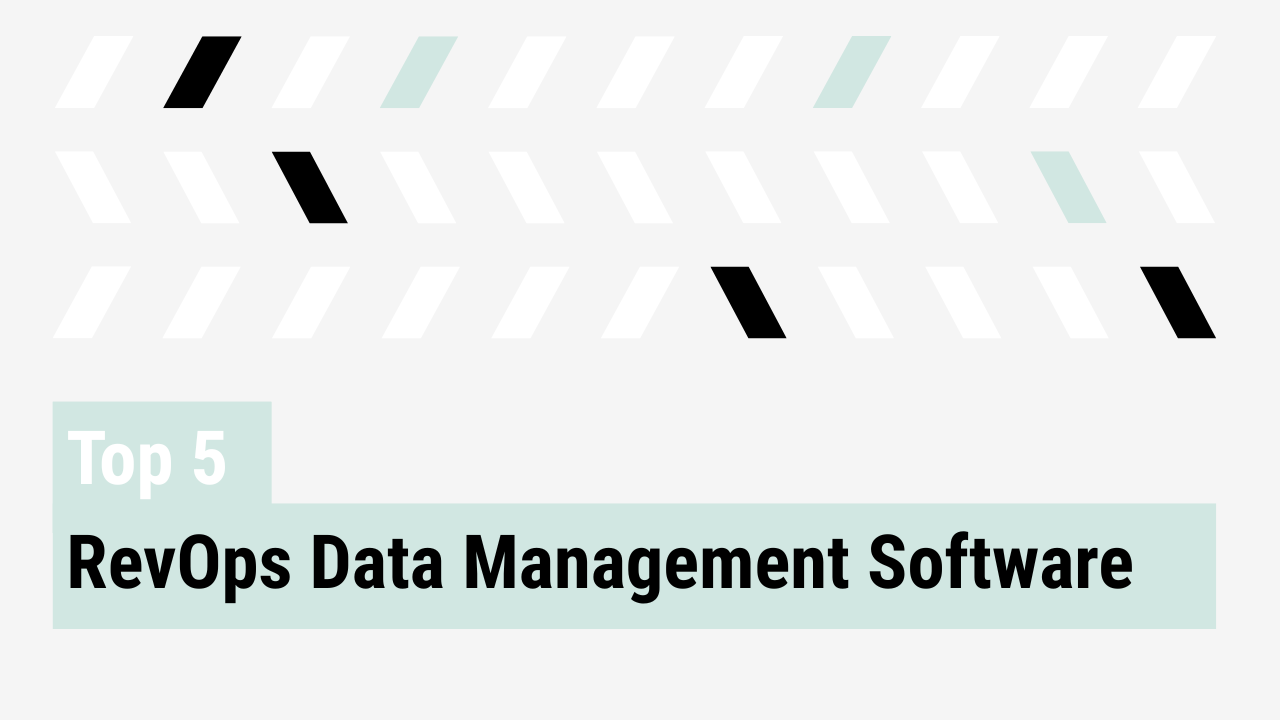For many RevOps leaders, few things are more frustrating than watching a leadership meeting derail into arguments over numbers. Marketing’s funnel metrics do not match Sales’ pipeline coverage, Customer Success is reporting different churn figures, and Finance has yet another version of the truth. The heart of the problem is a lack of agreement. Single source of truth reporting is the cornerstone of a data-driven culture, and it starts with clear definitions.
Misalignment starts with definitions
Most GTM teams suffer from competing definitions. One team defines “pipeline coverage” as three times quota, another defines it as every open opportunity regardless of stage. Both numbers are technically correct, but they tell very different stories. Without definitional alignment, even the most polished dashboard creates confusion.
This is why RevOps leaders need to start by standardizing language. Defining “what counts” for each metric establishes a foundation that reporting can build on. It is not glamorous work, but it prevents endless meetings spent debating numbers instead of solving problems.
Clear definitions also elevate RevOps from dashboard builders to strategic partners. By owning the process of metric definition, RevOps ensures that every dashboard, every report, and every forecast reflects the same underlying truth. That is the first step toward trust.
A single source of truth (SSOT) brings alignment
Once definitions are locked, the next challenge is ensuring every team sees the same numbers. A single source of truth (SSOT) brings together fragmented systems and reporting silos into one place where Sales, Marketing, CS, and Finance all align. The goal is to replace competing reports with a consistent view that enables timely decisions.
As Kumail Mukadam, Head of RevOps at Conductor, explains:
“Data is key. This is where that project management system of tasking everything out, where you’ve got the tickets, the inbound requests from Slack and the project work all in one pane of glass.”
This single-pane-of-glass concept applies beyond project management. When RevOps creates one shared reporting environment, executives see the same metrics, reps operate from the same targets, and cross-functional collaboration improves. Leaders can move directly to decisions with confidence in the numbers.
Building a data-driven RevOps culture
Systems alone are not enough. A data-driven culture requires consistent communication and change management. Data may live in one place, but if GTM teams do not adopt the processes that feed and maintain it, the SSOT will collapse. RevOps must act as builders, educators, and enablers.
Kumail puts it clearly:
“You can come up with the best process or the best system ever. But, if you’re not effectively communicating that, no one’s going to adopt it and no one’s going to use it.”
This is why data-driven RevOps means embedding practices like lifecycle stage documentation, consistent funnel definitions, and accessible reporting. RevOps leaders can make these practices part of the culture by:
- Documenting lifecycle stages in a central, accessible place so teams always reference the same framework
- Hosting enablement sessions that walk through funnel definitions and show how they map to reporting
- Building easy-to-use dashboards that mirror the agreed definitions and are reviewed regularly in team meetings
- Setting up recurring communication, such as monthly data reviews, to reinforce shared understanding
- Aligning performance discussions and planning sessions around the same reporting views and definitions
By reinforcing definitions through training, communication, and structured review, RevOps ensures that the single source of truth becomes part of daily operations and the broader culture.
RevOps as a trust builder
At its core, building a data-driven culture is about building trust. When every stakeholder can see how metrics are defined, where they are tracked, and how they roll up, RevOps ceases to be a black box. It becomes one of the most transparent and credible functions in the GTM organization.
This shift changes the tone of cross-functional conversations. Teams focus on collective action, and confidence grows that decisions are grounded in a shared reality.
RevOps leaders who own definitional metrics and implement source-of-truth reporting elevate themselves from tactical operators to trusted advisors. They build confidence, alignment, and momentum.
Turning clarity into credibility
Data-driven culture happens when RevOps leaders define metrics clearly, consolidate reporting into a single source of truth, and reinforce adoption through communication and governance.
The payoff is clear: less time debating numbers, more time driving outcomes. With single source of truth reporting at the center, RevOps transforms from dashboard builders to trust builders, and that unlocks lasting GTM alignment.



